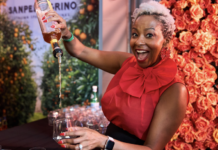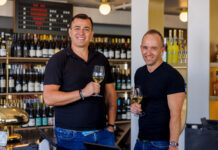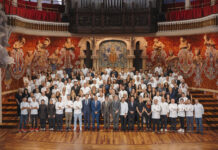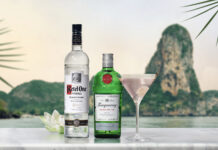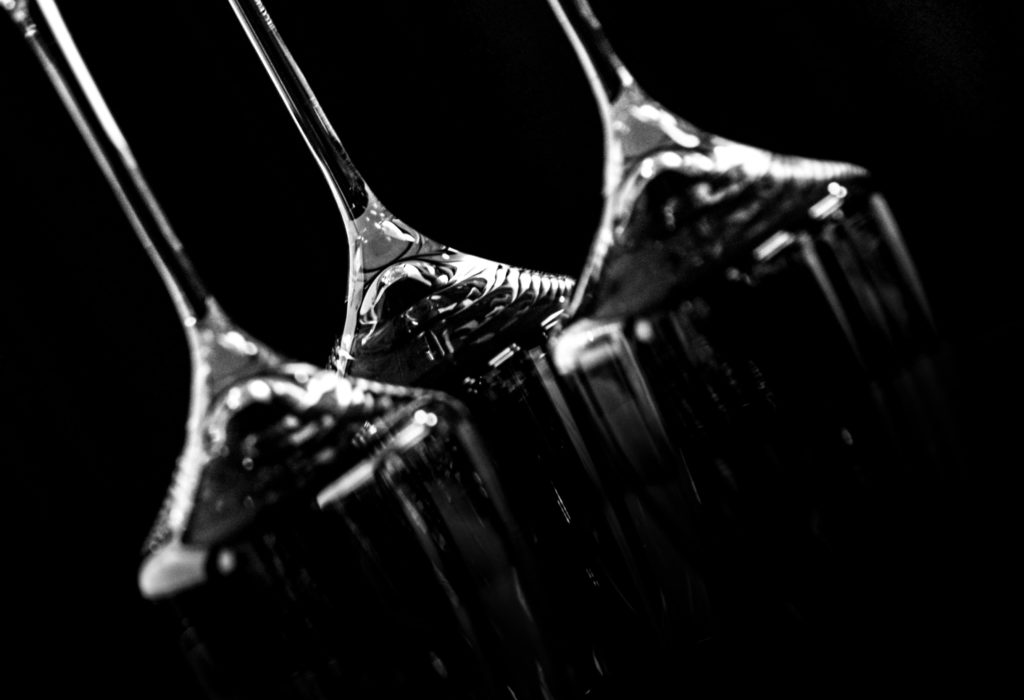Glass is a naturally occurring substance that is formed in several ways, most commonly by lightning striking a beach or via volcanic discharge, which results in the glassy rock obsidian. Therefore after society understood the mastery of fire, the deliberate production of glass couldn’t have been too far behind. Sure enough, evidence of glass made by humans dates to before 2,000 BCE in Mesopotamia.
Glass cups and vessels were first produced in Ancient Egypt and Mesopotamia around the 17th and 16th centuries BCE, where they belonged exclusively to the royal and the wealthy. Scholars believe such items were created by pouring molten glass over an earthen mold, a crude but effective practice. A massive jump in quality came around 200 BCE when the Phoenicians invented the blowpipe. This was a major technological breakthrough, and the blowpipe remains a critical element of glass production today. A blowpipe is simply a long hollow tube; the operator, be it human or machine, blows into one end while the other is attached to a glob of molten glass. The result is a hollow sphere that can be shaped as it cools or blown into a mold. This technology allowed for a more nuanced (and safe!) handling of liquid glass than the primitive pour-over technique.
During the Roman Empire, glass became extremely fashionable. According to Chloe Zerwick’s A Short History of Glass, it also became more readily available: “Glass was no longer exclusively a luxury product. In fact, it became more widely used for ordinary domestic purposes during the Roman Empire than at any subsequent time or place until the nineteenth century.” After the fall of Rome and throughout the Dark Ages, glass production faltered in Europe and shifted back to the Middle East and Asia. It came rushing back, however, with the preeminence of Venetian traders during the 11th century. The seafaring Venetians were also responsible for expanding winemaking to the various corners of the Mediterranean and Aegean around this time.
Venice quickly became the center of glassmaking in Europe, but in 1291, production was banished to the island of Murano, as the giant furnaces were thought to pose a fire hazard to historic Venice. The Venetians attempted to hold tight to their dominance, forbidding glassmakers from leaving Murano, even hiring assassins to track down and execute escapees. But inevitably, the secrets of Venetian glassmaking spread to other parts of Europe.
Bohemia, a vast swath of Central Europe that includes parts of today’s Austria, Germany, Hungary, Poland, and Slovakia, soon developed a glassmaking industry to rival that of Murano. One of the secrets to its success was the inclusion of chalk, which becomes CaO (lime) when heated. This made for clear and durable glass that stood in contrast to Murano’s more colorful, sometimes cloudy creations. In addition, as the sand reserves in certain parts of Germany contained a considerable amount of iron oxide, the glasses produced there took on a tint that ranged from green to brown. These shades became associated with wines from the Rhine, a link which lingers today. Bohemian glass increased in renown across the centuries and was especially revered during the reign of the Austro-Hungarian empire in the 19th century. Bavaria remains a center of production today, and many of the major stemware houses produce their glasses in either Austria or Germany.
Following the invention of the blowpipe, it is widely agreed that the next major improvements to the remarkably slow-developing glass industry occurred in 17th-century England. There, several advancements happened concurrently. First, the businessman George Ravenscroft found that the addition of lead oxide increased the brilliance, clarity, and durability of glass. And secondly, the rise of coal furnaces increased the temperature at which glass could be melted and worked. This last development came about rather by accident. In 1615, a law forbidding the use of wood as fuel was passed. This was the height of British colonization, and the military wanted to preserve England’s limited wood reserves for shipbuilding. The popularizing of coal furnaces transformed the glass industry and resulted in thicker, stronger bottles that could withstand the pressure of large amounts of CO2. This then revolutionized Champagne production, and for the first time, bubbles became a regular feature of the region’s wines.
In the latter half of the 1700s, the Industrial Revolution swept across Europe and America, modernizing processes and introducing automation to many aspects of the industry. Glassmaking was not excluded. The continuous furnace was invented in 1867, speeding up production by safely running ovens throughout the day and night. Not having to regularly heat up a cold oven was both efficient and energy saving, and this mode of operation remains the model today. In fact, small companies like Zalto, which do not produce enough glasses to justify running their own continual furnaces, rent space inside of larger factories—much like the custom crush arrangement employed by many small wine brands.
An especially important moment in glass production came in 1903. That year, a machine was developed in America that automated glass blowing. Items formerly mouth-blown and crafted by hand could be completely assembled by machine. The jump in production capability was remarkable. According to Aldo Sohm, sommelier and brand ambassador for Zalto in the United States, “It takes seven people seven minutes to produce one hand-blown Zalto wine glass.” By contrast, the new machinery allowed for several thousand stems to be produced in a single hour. The increased speed, and subsequent lower cost, were essential to democratizing stemware. And today, all but the very highest end wine glasses (such as Zalto, Sophienwald, and Riedel Sommelier Series) are produced using such mechanization.

